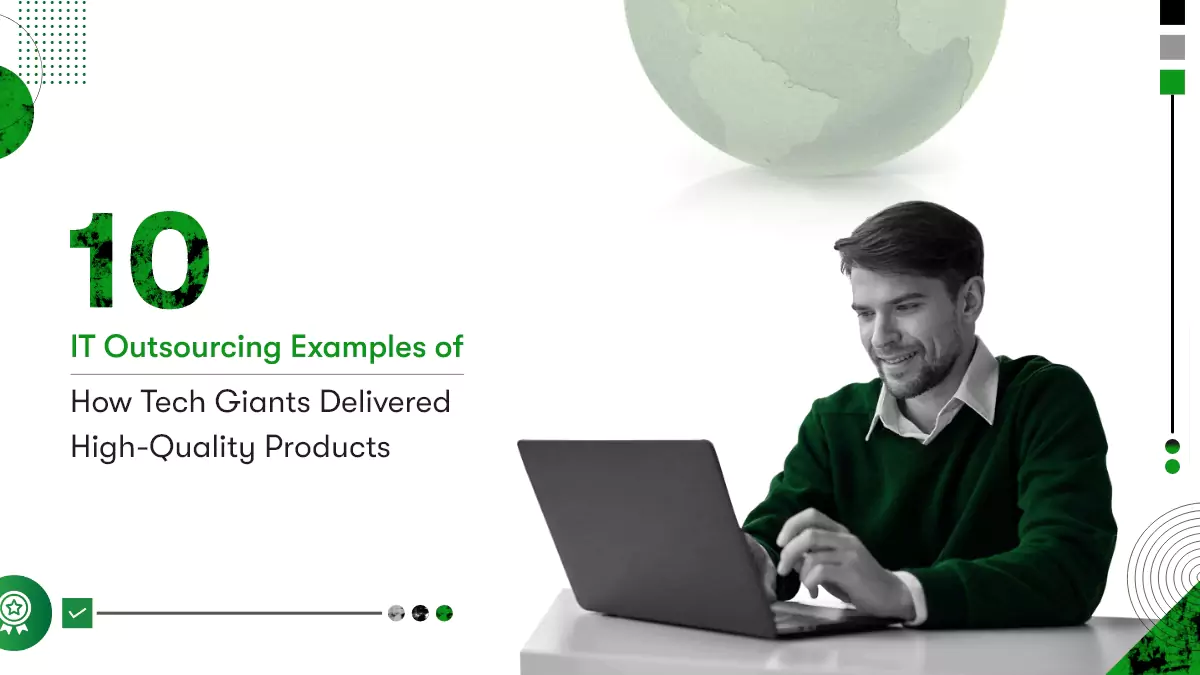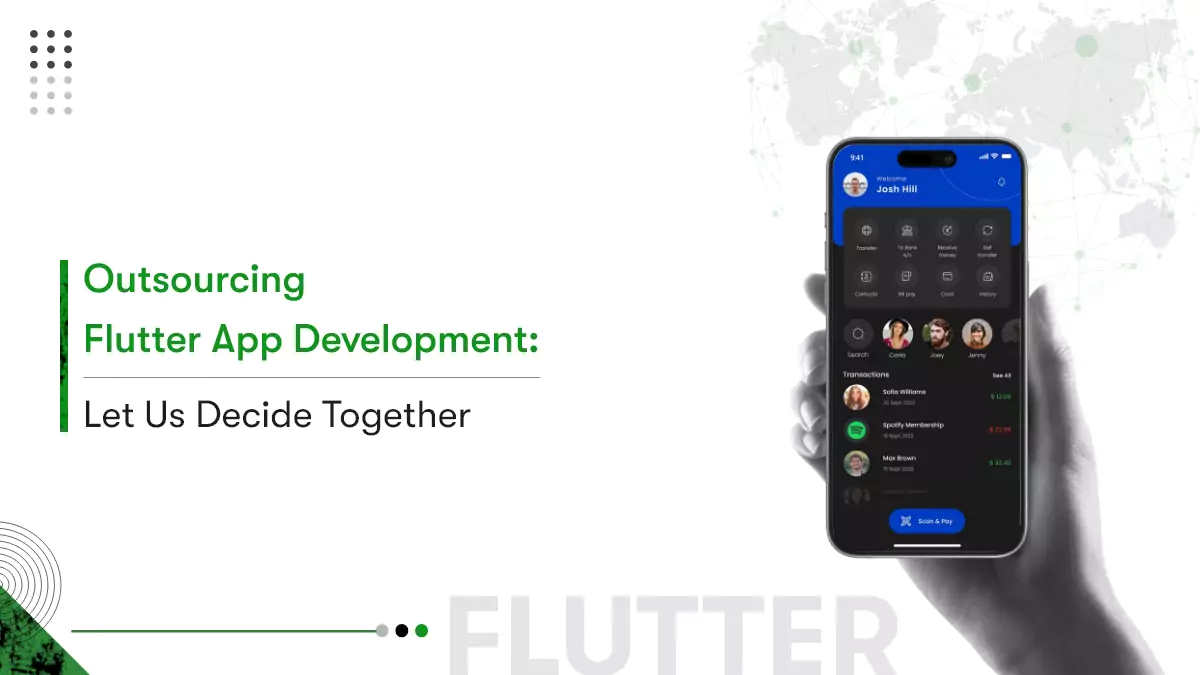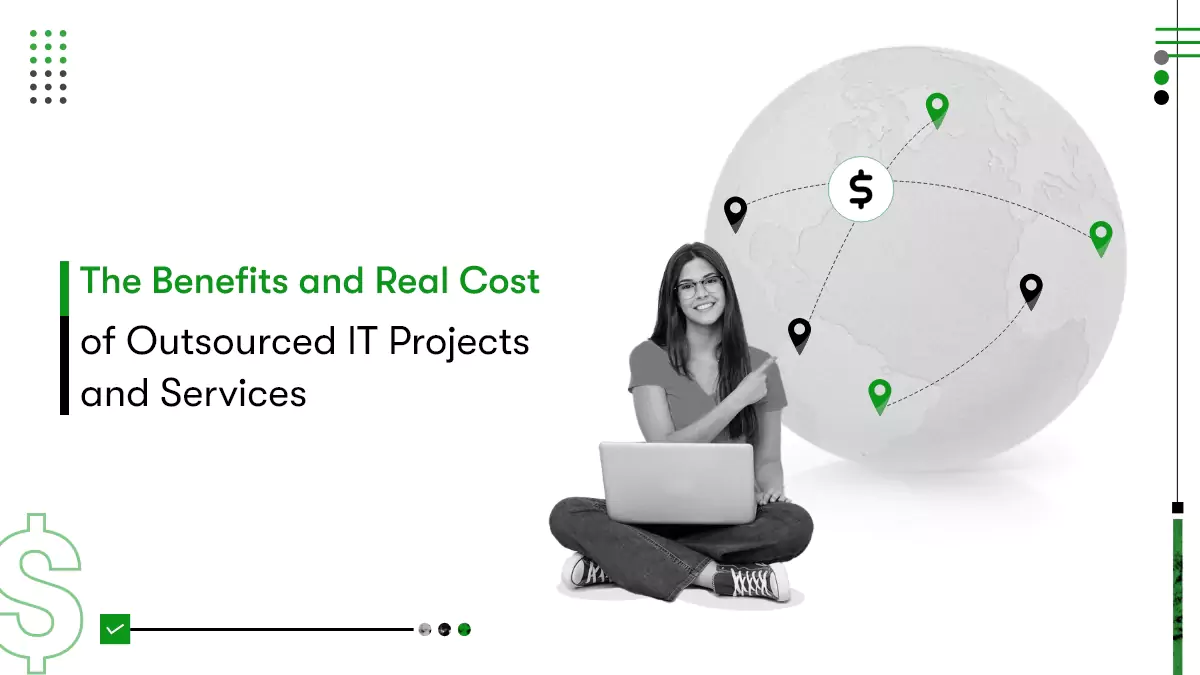Are you planning an international expansion for your business? If so, I bet there must be pounding questions running through your mind. What type of business model should I go with? Should I go abroad to set up a new office there or partner with a local venture? How will I hire skilled employees and ignite market strategies? Etc…etc…
Well, there is a befitting answer to all these questions. That is the Business Model. When you know what business model to use, you solve more than half of the dilemmas related to organizing your international operations. Whatever the reason for your global business expansion, rooting through a concrete model prevents many risks.
After analyzing various business expansion cases and models, I have found 3 coherent models. You will know about these business models with their upsides and downsides in this post. The aim of this post is to help entrepreneurs choose the right business model for company expansion. So, let us talk about things to consider before moving or starting your operations offshore, followed by our 3 sturdy business models.
What To Consider While Choosing A Business Model For Company’s International Expansion
Distance and location — It is about the destination you target to spread your business. Is the place far or close to your headquarters?
Time Zone — The time difference between the two countries deserves consideration as working round-the-clock may not be possible. Are you or your team comfortable with working during the nighttime in coordination with the abroad office?
Culture — To operate with a team abroad efficiently, you need to consider their cultural norms as well.
Skillset — It is better for the business to research the skill and experience you require to see whether people at your offshore location can meet your expectations.
Cost — What is more important to you, between quality & good service and a budget-friendly abroad team? Deciding it earlier will help you focus on the expansion better.
Communication & Security — To ensure everyone in the team is on the same page, you need to set up the means for communication across domestic and foreign groups.
Legal compliance — Before starting your office or business operations in a different country, you must comply with the necessary regulations of their Government.
{NOTE: The business model is not a business plan. If you want to know how to write an effective business plan, tap here, you’ll see the difference.}
3 Types Of Business Models For Successful Businesses
-
Captive Model
Following the captive model means opening offices offshore and taking control of all operational tasks, including staffing and dealing with legal issues. Many companies acquire the model for business expansion through captivating a software development center, development hub or office, R&D center (Just like Google opened its own R&D center in Ukraine by acquiring CloudSimple with an office in Kyiv).
Strengths of this business expansion model:
- Complete Control — you will have strong control over the business processes and activities of your staff directly.
- Value Sharing — employees across your headquarters and offshore office will share the same corporate culture and values.
- Communication — you can set up and handle centralization communication tools for teams at your different offices, making it transparent for everyone.
- Knowledge Sharing — transferring employees between the main office and captive center for knowledge sharing or training purposes is easy. Quality and Data Confidentiality — the ownership and control over IP rights, quality of services, and data security will be yours.
There are a few drawbacks of the Captive model also:
- Expensive — you will have to bear a high cost to establish your office in a new market and hiring and managing employees.
- Long process — despite heavy investment, you need a long lead time and commitment to managing your offshore team and localization of business management.
- Local market — since you’re new, you may lack an understanding of the local market which can be an issue in recruiting or business operations.
2. Fee-for-Service Model
Have you ever heard of outsourcing? If yes, it’s the same. So, comparatively, your responsibility and supervise liability here are more diminutive. And so, you handle what is paramount for your business. Basically, you sign a contract with an offshore vendor who already has facilities and a well-established team abroad. They will work on projects or tasks on your behalf.
Outsourcing vendors often offer multiple types of contracts based on different engagement models—for example, fixed-priced or time-bound agreements depending on the working hours.
Benefits you reap with this model:
- Less Hurdles — your vendor has to keep up to the standard predefined in the agreement and carry the essential responsibilities for the same.
- Talent — hiring a local vendor from a foreign location can access skills and expertise you might lack in your office.
- Flexibility — outsourcing means low risk and high flexibility in terms of workload as well as management.
You have to be cautious with this model when it comes to:
- Commitment — the model is suitable for projects that don’t need a commitment from developers as employees of your outsourcing vendor may not work dedicatedly.
- Unfair vendor risk — you have to be a bit more careful when you choose a vendor. They may impose hidden fees or unexpected costs.
- Reliability — you also have to check their credibility; otherwise, you may require them to compromise the valuable data you share with them.
Are you looking for a software company to partner with? Master how to choose the right app development company in one go.
3. Build-Operate-Transfer — BOT Model
In this model, you find a vendor offshore. They search and Build up the office and take care of legal matters, facility management, etc. They hire staff and Operate the organization on your behalf. Once everything is up and running, you simply transfer the ownership to your account by buying the office along with the staff.
Advantages come with this model are:
- Faster — the specialized vendor you hire abroad that handles everything efficiently can set up a new office quicker.
- Satisfying — it’s easy for the local service provider to handle legal issues and organize things as per your expectations.
- Control — after the transfer, you will have complete control over the development center’s operations and communication.
Shedding lights on downsides of BOT model:
- Vendor Quest — finding a reliable vendor in an unknown location can be complicated.
- Experience — as you will buy everything operational, you don’t get experience running the organization that might cause problems in management.
How to strategize your global expansion business model?
Only the apt business model would not be enough for your global growth. You also need a comprehensive strategy in place to encourage business growth. To strategically implement your business model, follow the below steps.
-
Entry & exit plan
Preparing for exit from a market due to potential financial or any reason is as critical as planning your entry. An entry plan empowers companies to set foot and operate the business in a new location quickly. In contrast, an exit plan can help you leave the market when you are not unprepared for sophisticated, time or money-consuming requirements.
2. Agile Approach
You want your business to adapt and thrive in an international environment avoiding dull and complicated setup processes. To do so, you must lean on an Agile methodology. The approach is to plan to take baby steps towards a long-term goal. The Agile approach allows you to enter and exit various markets across the world. Plus, you can test the market if it’s viable for your goal before establishing infrastructure.
3. Market Research
Before you execute your expansion model in a geographic location, take time to learn the ropes. Next to an agile global expansion plan, partner with a local market research firm or send your team to the target location. This way, you evaluate how buyers perceive your offerings in that country. Furthermore, you can adjust marketing and communication strategies based on the research.
4. Hire your global team
According to your business goals and conditions, you will choose a business model (the top 3 models are mentioned in the post) for your international operations. However, to carry out global employment, you get the four options to choose from:
- Use foreign independent contractors
- Register as a Non-Resident Employer
- Establish a foreign subsidiary
- Partner with an International Professional Employer Organization (PEO)
It is advisable to acquaint yourself with employment laws in your target country to avoid any severe consequences due to misclassified workers.
5. Hire national talents
Regardless of the model you choose for your global expansion, you should strive to access a talented workforce. Hiring local talents helps you with insights into their country’s special business culture. Ultimately, their critical skills will lead you to continue success in a new country.
Want to improve your revenue or survive in the cut-throat market? Become proficient in business pivoting with these strategies.
What Business Model to Use?
Here you are again! I hope the post helps you select the perfect model for operating your international operations. I would like to mention that there are other models available with their own pros and cons. I state these three because I firmly believe that these business models are apt for any business. Though, the post has mentioned things you should consider before taking a final decision.
Regardless of everything, if you are in any confusion, you can count on us. It’s our business to help others build and grow their business!














 Contact Information
Contact Information